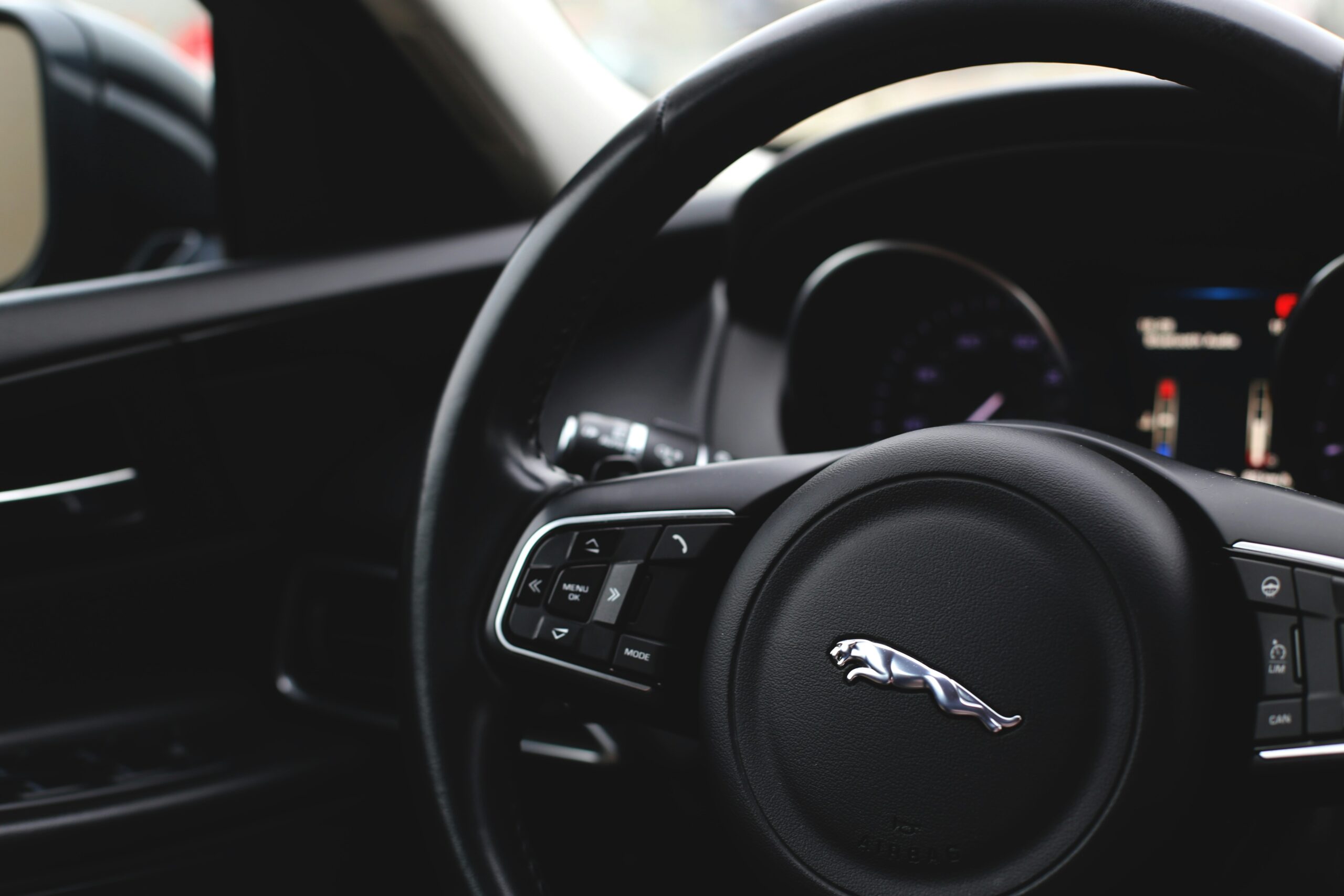E-mail:
info@auctela.com
E-mail:
info@auctela.com

In an attempt to advance, the venerable British brand Jaguar underwent a major rebranding in late 2024. But instead of boosting demand, the tactic led to one of the most striking drops in sales in the history of contemporary automobiles. In April 2025, there were just 49 Jaguar cars registered in Europe, a shocking 97.5% decrease from 1,961 cars in the same month the previous year.
So what went wrong?
Jaguar’s rebranding was audacious, creative, and unreservedly abstract. The corporation used a simple “J” monogram in place of its recognizable leaping cat emblem. Its advertising campaign only included idealized models in futuristic, fashion-forward locations rather than any automobiles. “Copy Nothing” and “Delete Ordinary” are the catchphrases.
Repositioning Jaguar as a design-driven, ultra-luxury electric brand targeted at younger, urban, affluent consumers was the aim. However, by doing this, Jaguar lost its core clientele, which consisted of devoted patrons who appreciated British workmanship, performance, and legacy.
Here’s how the numbers tell the story:
| 📅 Month | 🚗 Vehicles Sold (Europe) | 📉 Year-over-Year Change |
|---|---|---|
| April 2024 | 1,961 | — |
| April 2025 | 49 | -97.5% |
Globally, Jaguar sold just 26,862 vehicles in the 2024/25 financial year—an 85% drop from 2018
There was not a single car in Jaguar’s rebranding campaign. Both customers and critics were perplexed. Elon Musk even responded with a widely shared joke: “Do you sell cars?”
Before its new EV portfolio was ready, Jaguar canceled almost all of its current models, including the XE, XF, F-Type, and I-Pace. Dealerships had virtually nothing left to offer.
Jaguar freely acknowledged that it only anticipated keeping 10–15% of its present clientele. That is abandonment, not inventiveness.
With its shift to “fashion-forward” and “lifestyle-focused” advertising, many people began to question if Jaguar is still a luxury design house or an automobile manufacturer.
Citing a scheduled manufacturing halt prior to its all-electric relaunch, Jaguar maintains that the sales decline is only temporary. In 2026, the first of its new EVs—including the highly anticipated “Type 00″—should be released.
However, it can be more difficult to repair the harm to brand perception. Now, Jaguar’s experience serves as a warning: a brand’s identity must be developed through rebranding, not destroyed.
Jaguar may have fallen in the vacuum after attempting to jump into the future. How successfully it re-establishes ties to its roots and the clients who once gave it a boost will determine whether it can recover.